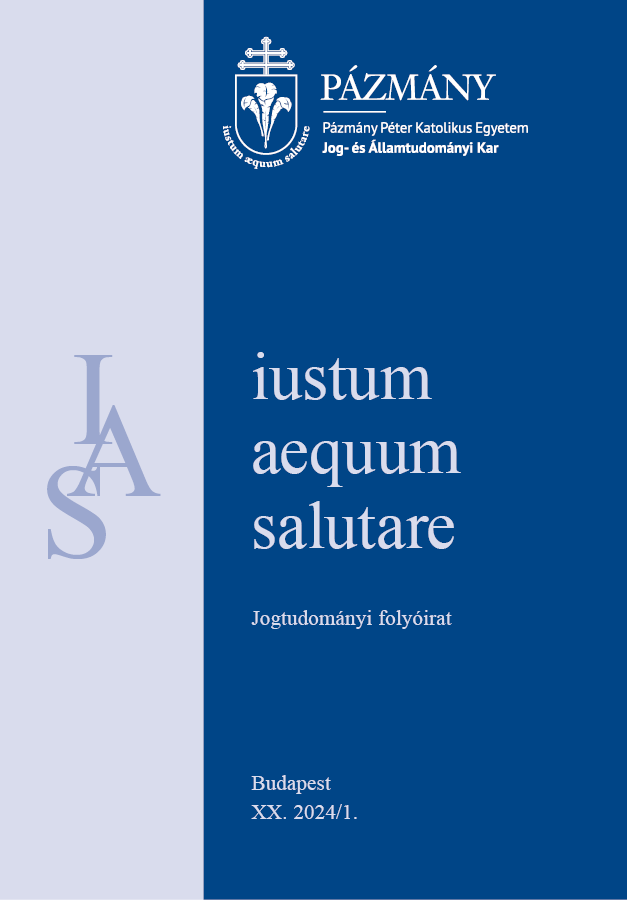Sustainability Issues in the Legal Environment of the Built Environment and Cultural Heritage Protection
Abstract
The protection of our architectural heritage for the future generation is a young field of law, and its global approach has only become the focus of interest in the last half century. It occupies a special place from the point of view that, examined in the framework of the protection of creation, we can see here an indirectly protected legal value, given that for humanity created by the God, invited to reign and work, it is not only the protection of the created world, but also for the protection created by the human creative genius we can also establish responsibility for the protection of the artificial environment. There are three conditions for this. Above all, have a historical tradition that is a herald of human value-creating work. Secondly, it should have a value-bearing surplus, show artistic sophistication, and be far from unpretentiousness, kitsch, and necessity. And finally, it should carry an ethical value, an experience for the viewer that is most expressively described by catharsis in the case of the literature.
The protection of the built environment began in the Renaissance, and its first legal regulation appeared in the decrees related to the papal court. Although this good example was contagious, it appeared primarily in the European noble courts, popularizing and recognizing the protection of antiquity and later medieval monuments. The active and efficient legislation and organization, the national character and appeared of the cultural heritage protector social organizations, and then of the state, already at the formulation of the existence of the nation-state in the middle of the century.
The international collaboration concerning the present study dates back to the 20th century, characteristic of the second half of the century. In secular law, the first visible document of international cooperation was the so-called the Athens Charter (1931), which, in turn, provided a reference point for the protection of certain elements of heritage protection. The Venice Charter of 1964 and ICOMOS, established in 1965, which operates as part of UNESCO, already call attention to international cooperation, basing its findings on the universal responsibility of humanity.
The present study therefore asks questions and seeks answers, so that the universal values of humanity are ensured for the future generation - bearing in mind the responsibility before God - and they are preserved, nurtured and passed on by the contemporary generation.
Copyright (c) 2024 Völgyesi Levente

This work is licensed under a Creative Commons Attribution 4.0 International License.


